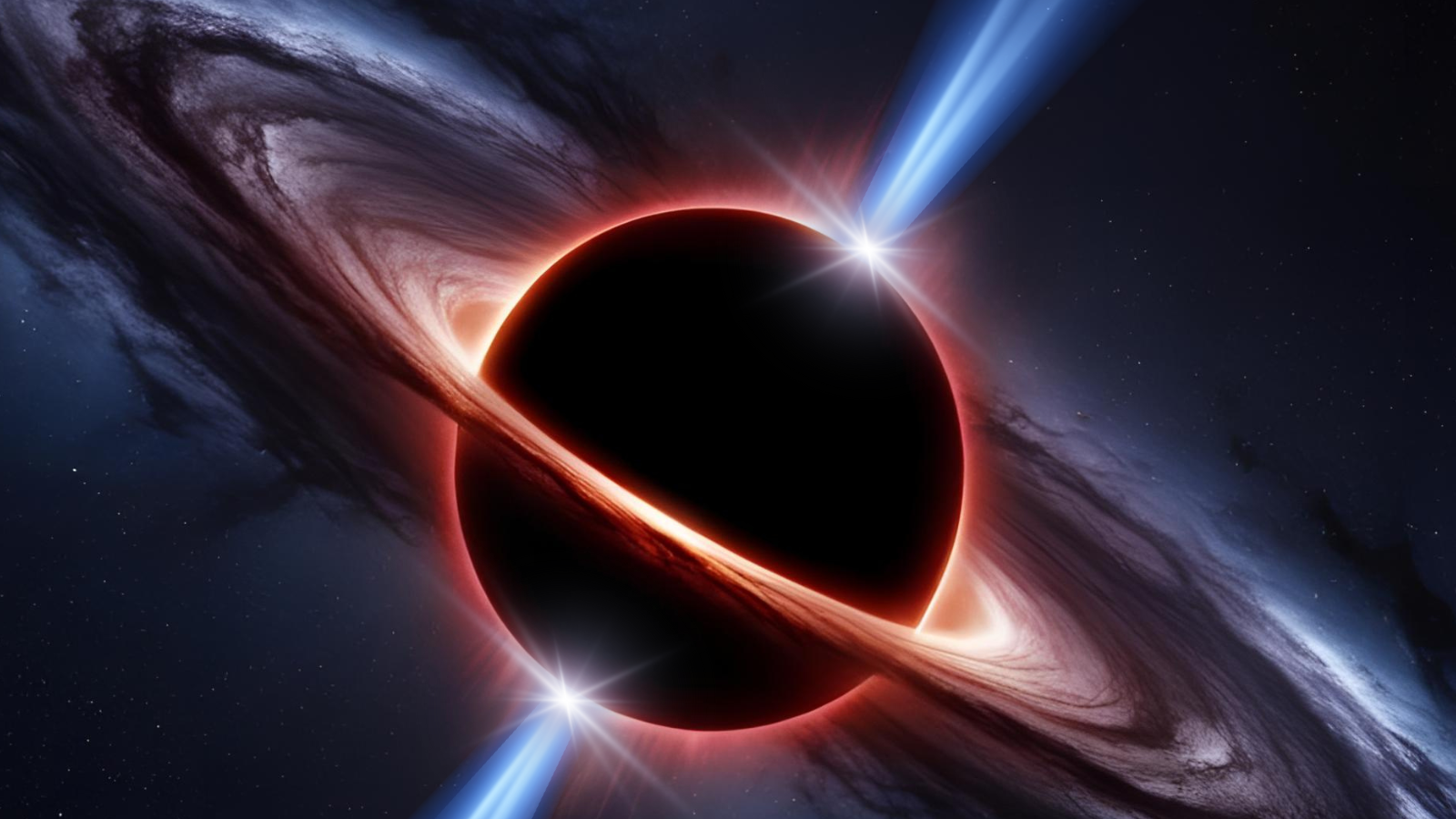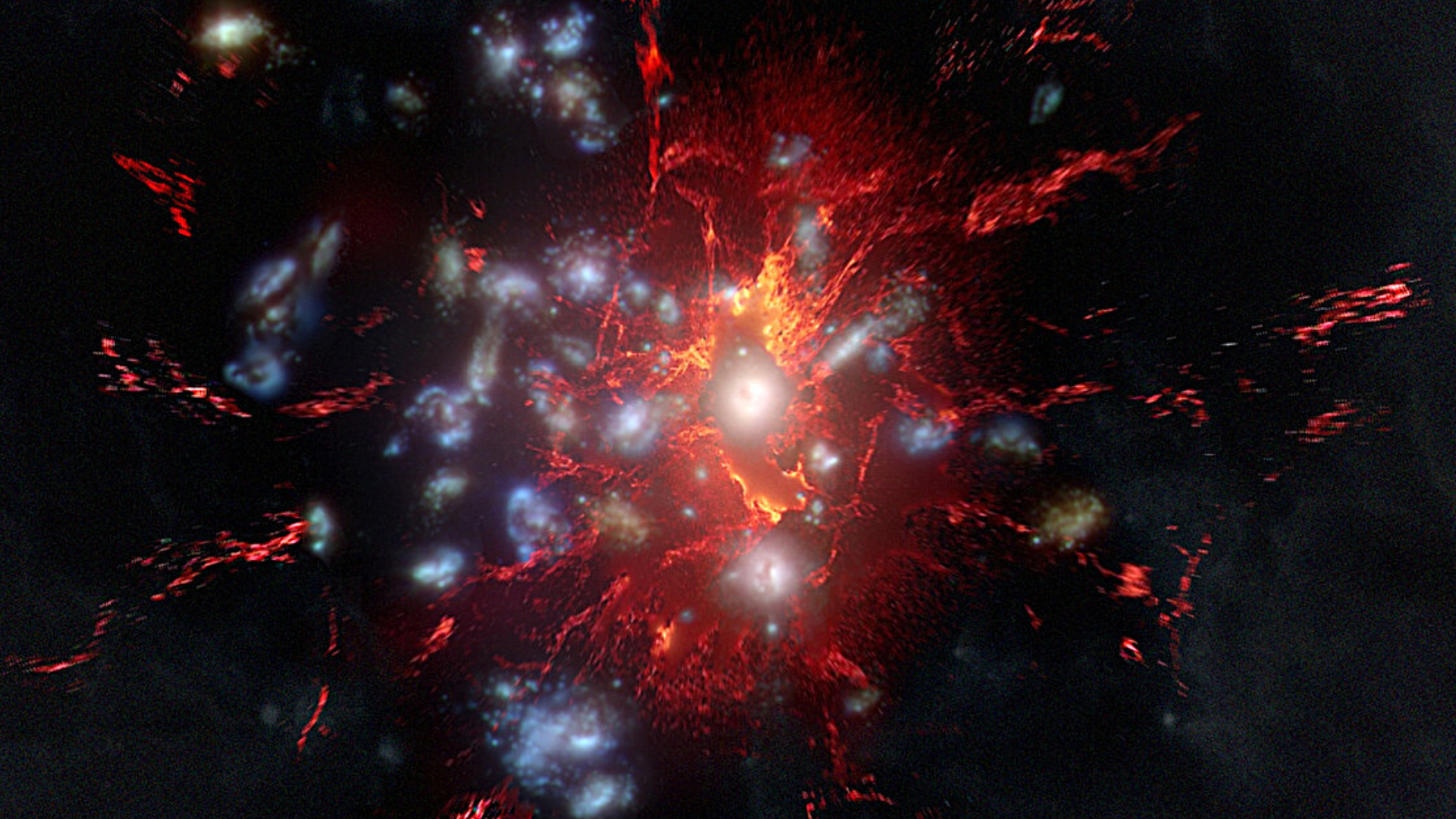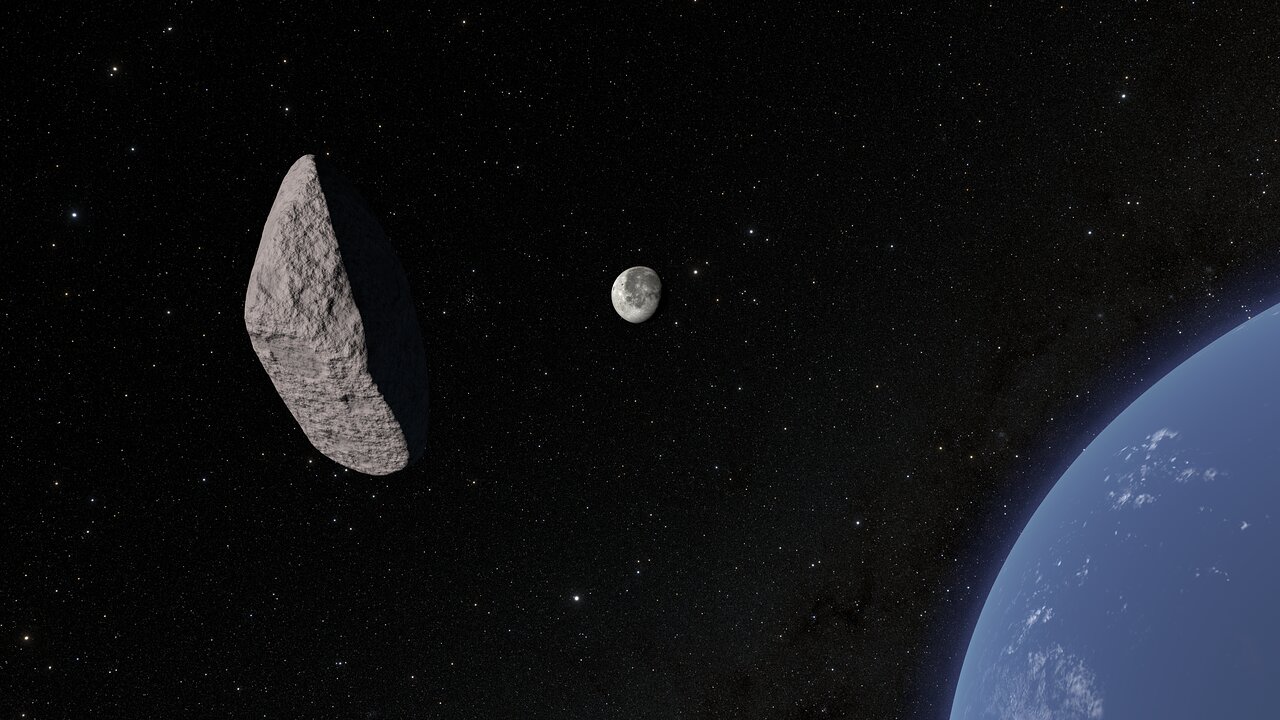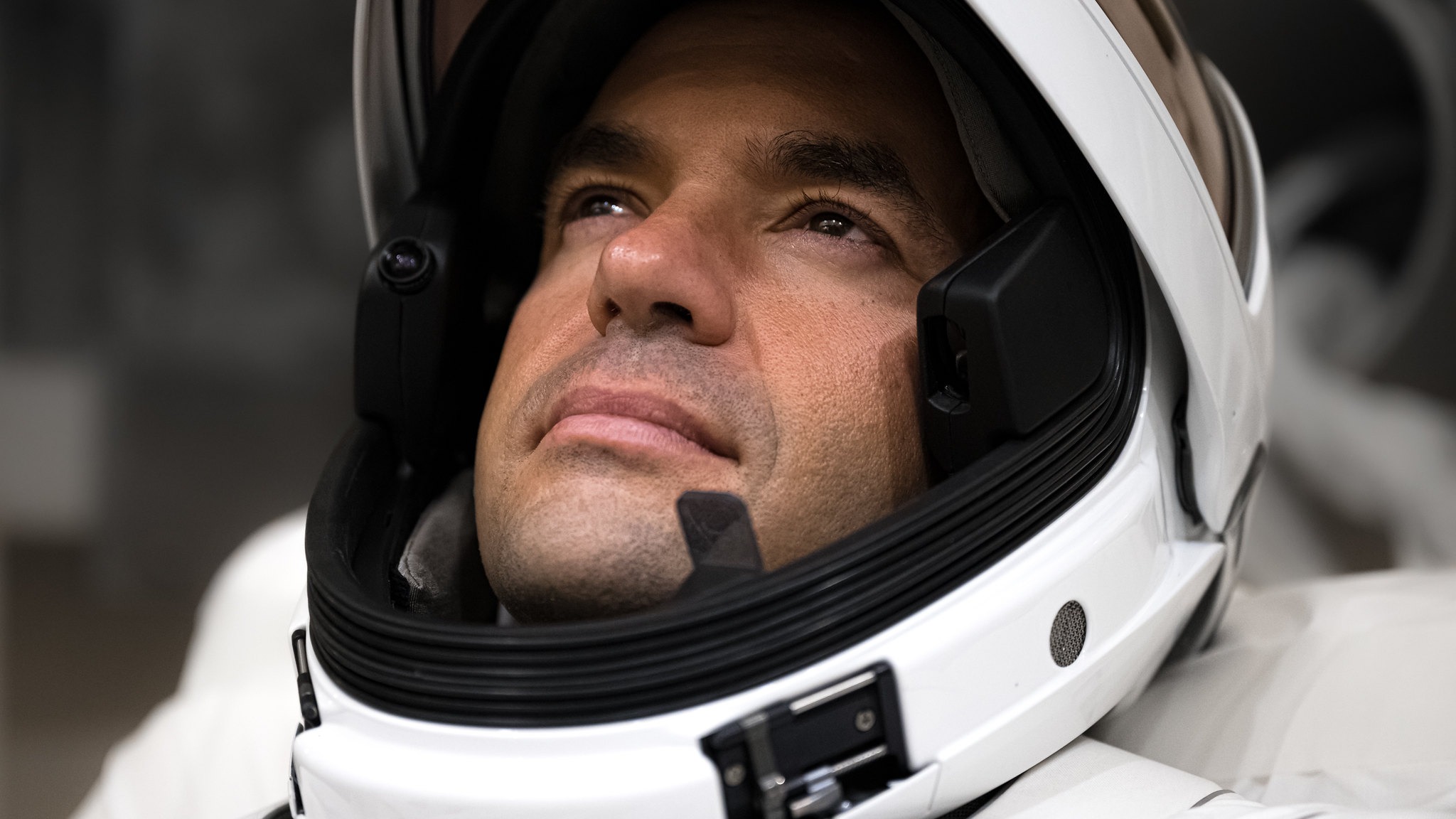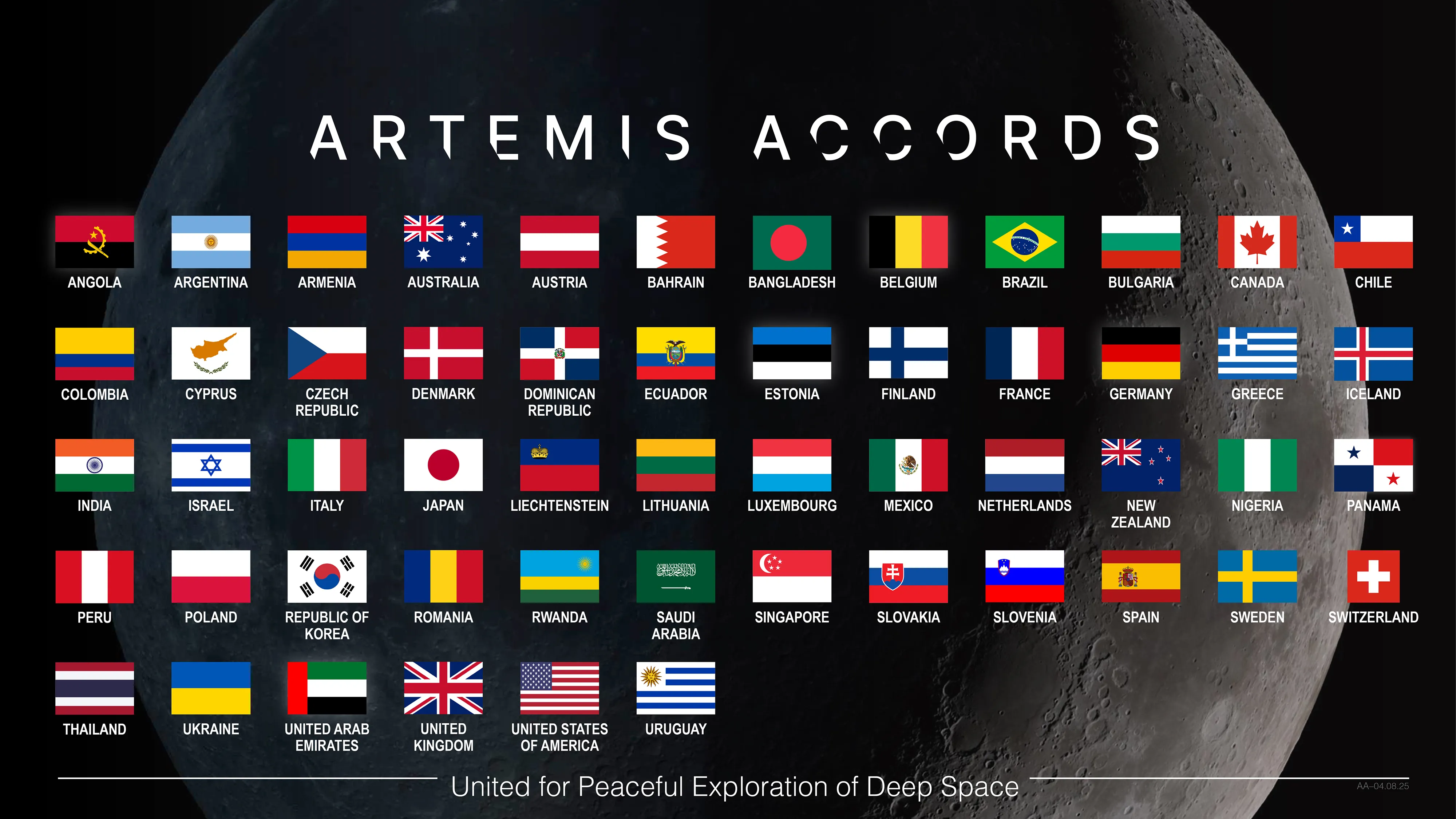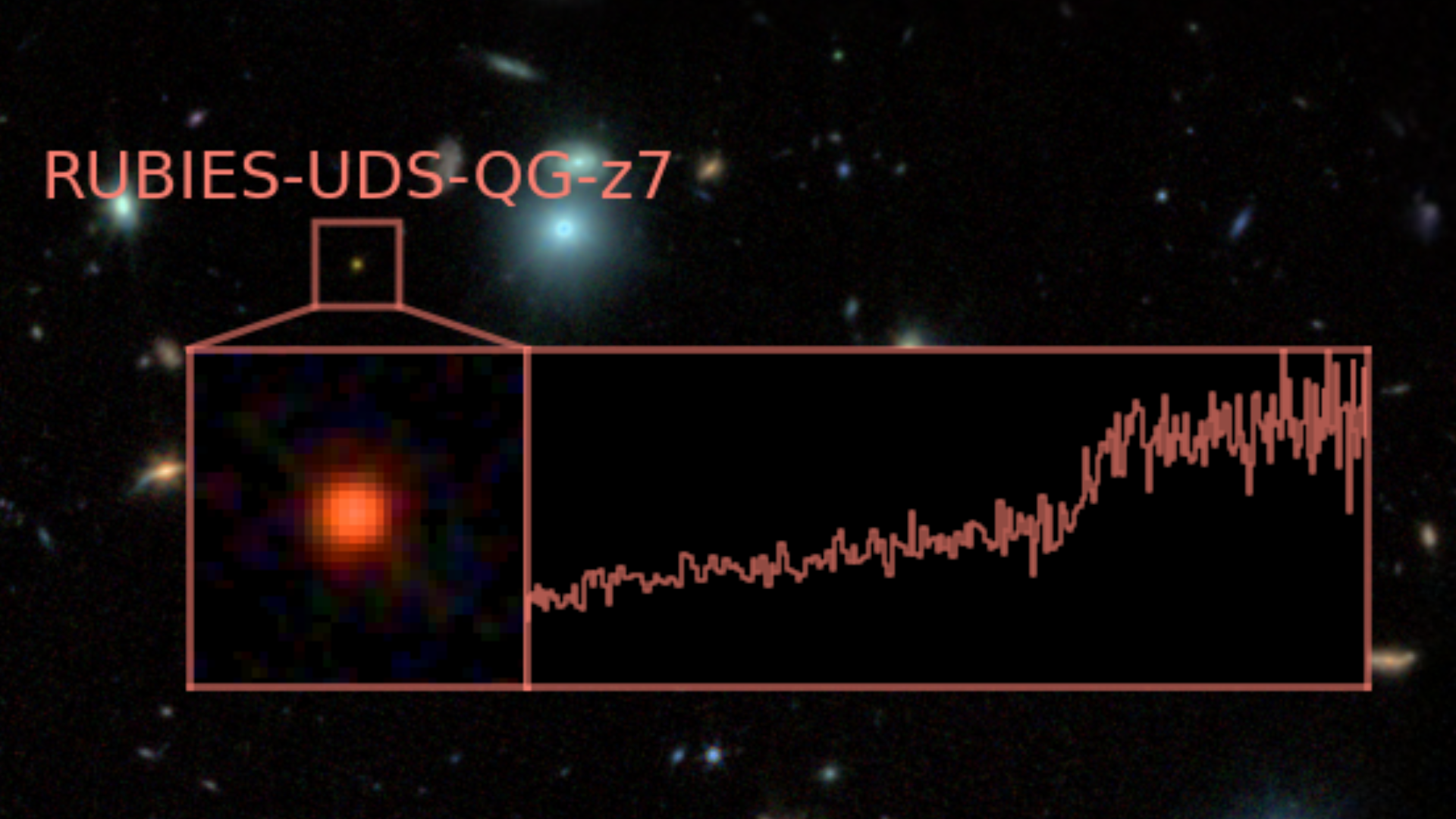Wormholes might bend light like black holes do — and that could be the key to finding them
If wormholes exist, they might magnify distant objects according to Einstein's theory of relativity — and that makes it possible for us to find them, new research suggests.

If wormholes exist, they could magnify the light of distant objects by up to 100,000 times — and that could be the key to finding them.
Wormholes are theoretical funnel-shaped portals through which matter (or perhaps spacecraft) could travel great distances. To imagine a wormhole, suppose all of the universe were a sheet of paper. If your starting point were a dot at the top of the sheet and your destination were a dot on the bottom of the sheet, the wormhole would appear if you folded that sheet of paper so the two dots met. You could traverse the entire sheet in an instant, rather than traveling the entire length of the sheet.
Wormholes have never been proven to exist, but physicists have nonetheless spent decades theorizing what these exotic objects might look and how they might behave. In their new paper, the researchers built a model to simulate an electrically charged, spherical wormhole and its effects on the universe around it. The researchers wanted to find out whether wormholes could be detectable by their observed effects on their surroundings. Their research was published Jan. 19 in the journal Physical Review D.
Related: The hunt for wormholes: How scientists look for space-time tunnels
The researchers' model shows that wormholes, should they exist, could be massive enough to trigger one aspect of Einstein's theory of relativity: That extremely massive objects bend the fabric of space-time to such a degree that they cause light to curve. This bent light magnifies whatever lurks behind the massive object, as seen from our perspective on Earth. This phenomenon is known as "microlensing," and it allows scientists to use massive objects, like galaxies and black holes, to view extremely distant objects, like stars and galaxies from the early universe.
In the paper, the researchers argue that wormholes, like black holes, would be massive enough to magnify distant objects behind them.
"The magnification via the distortion by a wormhole can be very large, which could be tested one day," lead study author Lei-Hua Liu, a physicist at Jishou University in Hunan, China, told Live Science in an email.
Get the Space.com Newsletter
Breaking space news, the latest updates on rocket launches, skywatching events and more!
Liu also noted that wormholes would magnify objects differently than black holes do, meaning scientists could distinguish the two. For example, microlensing via a black hole is known to produce four mirror images of the object behind it. Microlensing via a wormhole, on the other hand, would produce three images: Two dim ones, and one very bright one, the authors' simulations showed.
However, because other objects — like galaxies, black holes and stars — also produce a microlensing effect, finding a wormhole with no clear clues about where to start looking would be a difficult undertaking, Andreas Karch, a physicist at the University of Texas at Austin who was not involved in the study, told Live Science in an email.
Trying to tease out the microlensing caused by a wormhole versus other large objects would be like "trying to make out the soft voice of a single person in the middle of a rock concert," Karch said. He also noted that while the paper authors offered an interesting theoretical way to identify wormholes, "they don't even talk about how to do this in practice yet — that's future work."
Although wormholes are still solidly theoretical, the fact that the researchers' model could one day be tested is "the dream for most physicists," Liu said.
Originally published on LiveScience.
Follow us @Spacedotcom, or on Facebook and Instagram.
Join our Space Forums to keep talking space on the latest missions, night sky and more! And if you have a news tip, correction or comment, let us know at: community@space.com.

JoAnna Wendel is a freelance science writer living in Portland, Oregon. She mainly covers Earth and planetary science but also loves the ocean, invertebrates, lichen and moss. JoAnna's work has appeared in Eos, Smithsonian Magazine, Knowable Magazine, Popular Science and more. JoAnna is also a science cartoonist and has published comics with Gizmodo, NASA, Science News for Students and more. She graduated from the University of Oregon with a degree in general sciences because she couldn't decide on her favorite area of science. In her spare time, JoAnna likes to hike, read, paint, do crossword puzzles and hang out with her cat, Pancake.
-
Pentcho Valev Einstein: "If the speed of light depends even in the least on the speed of the light source, then my whole theory of relativity, including the theory of gravitation, is wrong." https://einsteinpapers.press.princeton.edu/vol5-trans/376Reply
The speed of light does depend on the speed of the source, as posited by Newton's theory
and proved by the Michelson-Morley experiment in 1887 (prior to the introduction of the length-contraction fudge factor):
"Emission theory, also called emitter theory or ballistic theory of light, was a competing theory for the special theory of relativity, explaining the results of the Michelson–Morley experiment of 1887...The name most often associated with emission theory is Isaac Newton. In his corpuscular theory Newton visualized light "corpuscles" being thrown off from hot bodies at a nominal speed of c with respect to the emitting object, and obeying the usual laws of Newtonian mechanics, and we then expect light to be moving towards us with a speed that is offset by the speed of the distant emitter (c ± v)." https://en.wikipedia.org/wiki/Emission_theory
Banesh Hoffmann, Einstein's co-author, admits that, originally ("without recourse to contracting lengths, local time, or Lorentz transformations"), the Michelson-Morley experiment was compatible with Newton's variable speed of light, c'=c±v, and incompatible with the constant speed of light, c'=c:
"Moreover, if light consists of particles, as Einstein had suggested in his paper submitted just thirteen weeks before this one, the second principle seems absurd: A stone thrown from a speeding train can do far more damage than one thrown from a train at rest; the speed of the particle is not independent of the motion of the object emitting it. And if we take light to consist of particles and assume that these particles obey Newton's laws, they will conform to Newtonian relativity and thus automatically account for the null result of the Michelson-Morley experiment without recourse to contracting lengths, local time, or Lorentz transformations. Yet, as we have seen, Einstein resisted the temptation to account for the null result in terms of particles of light and simple, familiar Newtonian ideas, and introduced as his second postulate something that was more or less obvious when thought of in terms of waves in an ether." Banesh Hoffmann, Relativity and Its Roots, p.92 https://www.amazon.com/Relativity-Its-Roots-Banesh-Hoffmann/dp/0486406768

